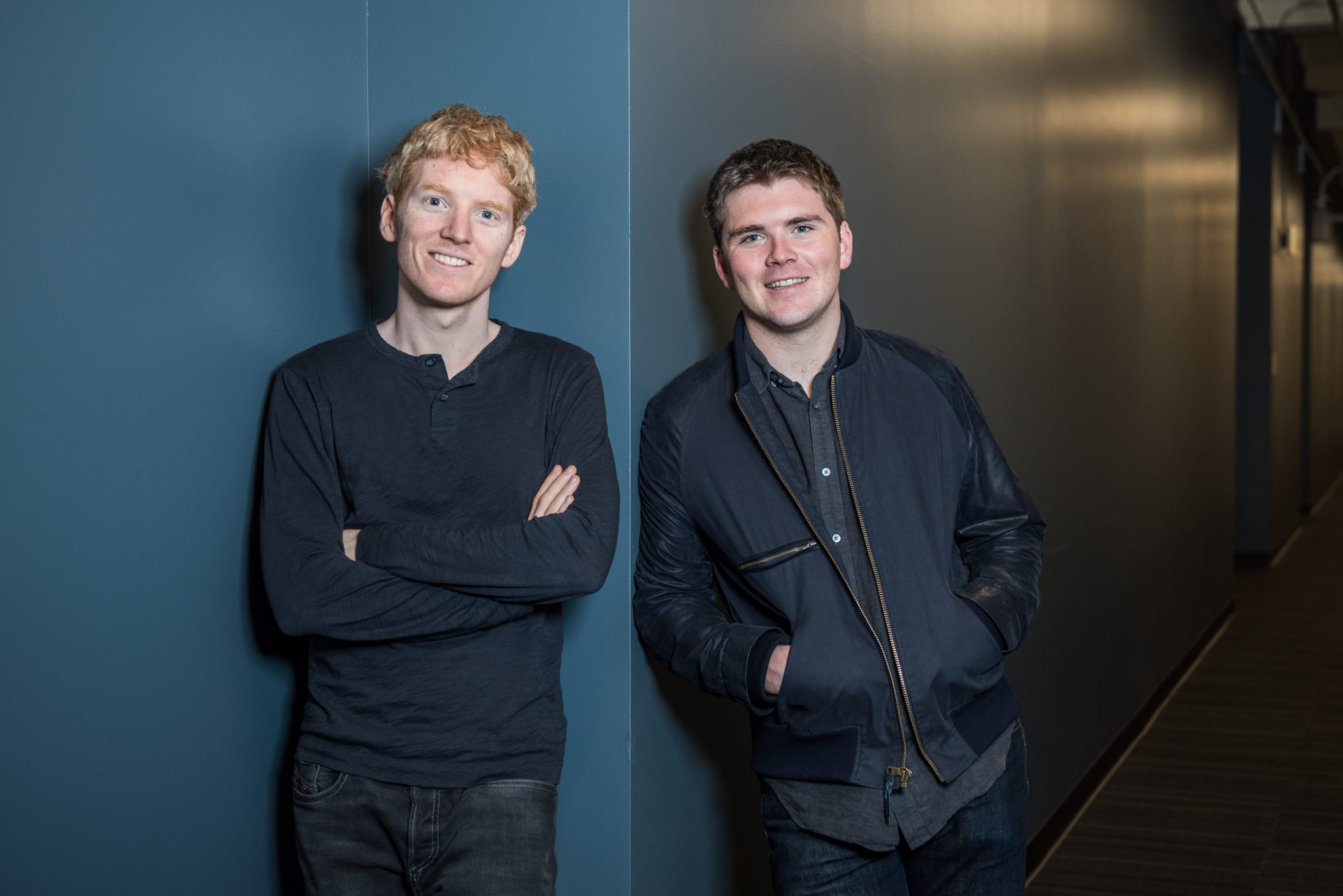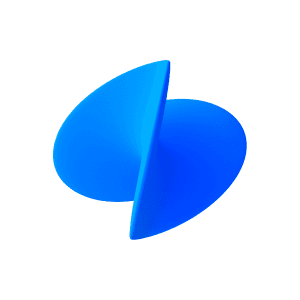We call these miracles ‘technology’
ㆍby Toss
Korea’s first Paytech company, Toss Payments
Online payment is a part of everyday life: we order dinner using the delivery app, and order groceries on Market Kurly. These may sound familiar, but looking back a decade ago, miraculous changes have been made.
We call these miracles technology. Any new and better way of doing things is technology.
This is a quote from the book “Zero To One” written by Peter Thiel, the co-founder of PayPal, an American payments company. Although online payments were available a decade ago, but the payment experience then and now is radically different. IT technology has evolved in a way that enables much faster and easier payments. In particular, the global online payment market has grown rapidly since the COVID-19 pandemic, and Paytech companies such as Toss Payments are firmly supporting it.
Toss to acquire a large PG unit
In December of 2019, Toss decided to acquire the payment gateway division of LG U+, one of the top three companies dominating the local PG market. Toss Payments, our own PG service, was established shortly after in 2020.
But why? Because payment is an essential financial activity as it happens regularly in users’ daily lives. Thus, this business expansion was a no-brainer for Toss, which has aspired to be a financial super app.
Additionally, the online payment sector has remained mostly unchanged for decades. The competitive advantage of large payment businesses has been the sales skills, not their technology. Imagine you’re in the mall and are asked to enter your card number and password in full digits, as well as open a second device for authentication before checking out. This has been the payment experience for online customers. We wanted to resolve these critical issues throughout the online payment process.
‘Make online payment experience as simple as offline’
We knew exactly what we wanted to innovate and why.
Nevertheless, there were doubts in the market about Toss acquiring an entire business unit of a large company. Some industry sources even questioned our ability to secure enough money to fund the acquisition and underestimated Toss entering the market.
At Toss, however, ‘impossible’ is interpreted as a ‘great challenge’. Rather, we look at the size of potential when overcoming the challenge. Many years ago, when Toss first launched a simple money transfer service, no one believed it would flourish in the market. We still did not give up, and now we are setting a new standard in Korea for simple money transfers that don’t require public certificates.
On the other hand, the acquisition of the top player in the payment sector allowed us to save time. If Toss had started a new payment company from scratch, it would have taken at least five years or more to secure the size of its current users as choosing a company that will entrust the payment system is such an important decision.
Of course, the post-acquisition integration process could not have been smooth. M&A was about absorbing all the legacy of the acquired company while saving the time needed for the company to thrive in a new field. Our top objective was to clean all of the old and complicated products designed around suppliers, and reassemble them in a way that online operators could easily understand and use. It was also important for us to listen to the concerns of existing customers.

“It’s as though we’ve found a diamond in the rough. If we have a power of 100, we now have 70 of them dedicated to polishing the diamond. Once we successfully get rid of legacy,we will become a tech company that delivers 10X greater payment service to customers. I’m confident that we will innovate the industry’s fundamentals.” - Kevin Kim, Toss Payments Team Leader
/dev/payments
Toss Payments deeply resonates with the values of Stripe, a payment processing company based in the United States. The company was founded in 2010 by two Irish brothers, Patrick and John Collison. From an early age, the Collison brothers showed their natural talents for mathematics and computer programming: Patrick took College computer science classes as an eight-year-old child, while John Collison got the highest-ever score recorded in the Irish Leaving Certificate at the age of 16. After selling the trading software they developed for eBay sellers before turning 20, John and Patrick dropped out of Harvard and MIT, respectively, and moved to Silicon Valley to found their next company.

With their will to build a payment infrastructure for the online economy, they founded a new company under the name ‘/dev/payments’. Later it was changed to ‘Stripe’ due to the regulation that prevents businesses from including symbols such as ‘/’ in the company name. The brothers then went to Peter Thiel, a founder of the dominant player in the US online payment market, Paypal.
“Our mission is to increase the GDP of the internet.”
This mission statement was compelling enough for Thiel to convince Elon Musk and Sequoia Capital, a global VC, to invest in Stripe. Coincidentally, Stripe has grown since then by addressing the inconveniences of Paypal.
Previously, online operators had to go through a 9-step integration procedure in order to apply Paypal’s payment system to their website. Stripe developed a program that uses only 7 lines of codes to power the payment system, relieving merchants of the burden of integrating their system. Most importantly, it was half the credit card service fees!
Moreover, for buyers, Stripe was more convenient than Paypal. Shopping malls with Stripe payment made instant checkout without having to leave the original screen. This reduction in time soon led to an increase in purchase success rates and an increase in sales. It was impossible for online merchants to not choose Stripe as their online payment partner.
Stripe, a fast-growing business, is currently adopting all types of payment technologies, including subscription services, open markets, and a sharing economy. Moreover, it offers almost every software for business operation, from business registration to tax management, corporate card issuance, and fraudulent payment prevention programs.
Now, Stripe has become the most valuable private company Silicon Valley has produced. After the latest round of investment, which raised 600M, Stripe is now worth 95 Billion. According to the British Financial Times, they handle almost 5,000 requests a second in 46 countries around the world. Customers of Stripe include major global online companies such as Amazon, Uber, Zoom, Slack, Booking.com, DoorDash, and Salesforce, etc.

“In short, Stripe is a company selling ‘productivity’ to companies.It allows online operators to leave the payment process to Stripe **and focus their productivity on business growth.**Toss Payments is also committed to making the payment experience faster and easier.Just as a solid foundation is needed to create anything of value, Toss Payments’ enhancement of the payment infrastructure will serve as the strong foundation for the world’s most valuable products and businesses.” - Kevin Kim, Leader
Dominate the end-to-end experience of e-commerce
Last year, the covid-19 pandemic quickly drove the transition from offline to online. Thanks to the growth of the global e-commerce market, the online payment industry has endless potential. Korea’s e-commerce market is the fifth largest in the world after the US, China, UK, and Japan. In 2020, domestic e-commerce market sales hit $104.1 billion, a 19.5% jump from the previous year.

While the market was expanding, Toss Payments has also continued to grow through challenges for a year. Currently, transactions that take place through Toss Payments are worth $2 billion per month, which accounts for 10-15% of e-commerce transactions in Korea. We have become a partner of Google, Market Kurly, Musinsa, Delivery Hero, eBay, WeMakePrice, Tmon, and the size of Toss Payments team has also expanded from 20 to 160 people.
Toss Payments defines itself as a ‘Paytech’ company. The mission is to innovate the online ‘payment’ process, which has become the endpoint of e-commerce and an essential part of everyday life, through ‘technology’.
First, Toss Payments focused on reducing the time and cost required for merchants to set up and operate the payments system. The contract process with an online operator, which previously took more than three weeks to submit and inspect required documents, was shortened to an average of three days with the adoption of the ‘electronic contract’ process. Service integration is then completed within a day using an intuitive API, and the settlement cycle was also reduced from an average of 15 days to only 3 days. Lastly, the ‘Store Manager’ system that manages sales and settlement details has reduced the time it takes to view 100,000 details at once from 52 seconds to less than one second.
Previously, no merchants valued the payment experience. 1) Many people were unaware that the faster and easier the payment process, the more satisfying the customer experience, which can also lead to greater sales. 2) Because the payment windows provided by the existing PG companies were all similar, it was hard to picture what a faster and easier payment experience would look like. 3) Until now, merchants only used PG companies just to renew the annual essential software licenses for sales.
Toss Payments was the first to start communication as a business partner and consultant to online operators, which never happened in the relationship between existing PG companies and merchants.

We constantly ask questions about the business they envision, and payment functions needed to further develop the business.Together, we make a hypothesis and share the experiences of Toss Payments to discover the perfect payment structure for each merchant. - Hyunwook Sohn, Sales Team Leader
And finally, beyond the traditional payment window, ‘Brand Pay’ enables customized payment process for each merchant. Brand Pay is proof that easier paymets lead to increase in sales.
A typical third-party payment window goes through the following process: you select the card company you want to pay with, manually enter the card number, and then enter the password or go to the app card installed on your smartphone for authentication. When the given time expires, an error occurs, and the process must be repeated. You may not notice the issue here, but in fact, the payment conversion rate is less than 75%, meaning that 25% of customers give up in the middle due to the inconvenience they experience.
However, more than 95% of payments are successfully processed in ‘Brand Pay’ created by Toss Payments. After the initial authentication process and credit card registration, all you need is your password to complete the payment. Payments can even be completed without a password if the amount is small. Toss Payments eliminates unnecessary loading time during the authentication stage. In the end, companies that introduced Brand Pay have increased its number of monthly payments per user by 18%.
“It’s the job of Paytech companies do to find the technology to increase their conversion rate by 1%. Toss Payments’ clients will no longer worry about online payment, because we will take care of it for them, allowing them to solely focus on the productivity of their product.”
We are Hiring!
Easy and intuitive financial experience that’s never done before. With Toss, your everyday financial life is empowered.
필진 글 더보기

